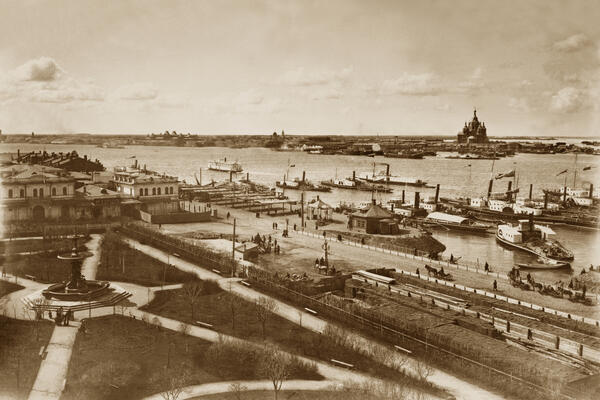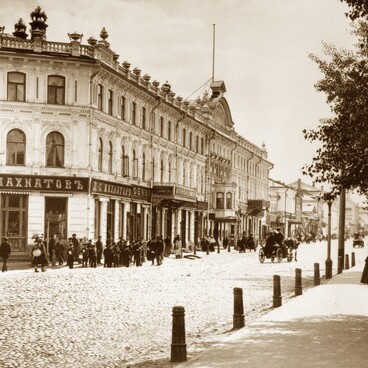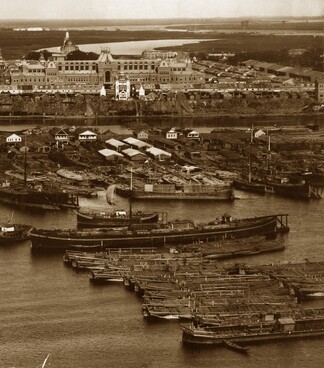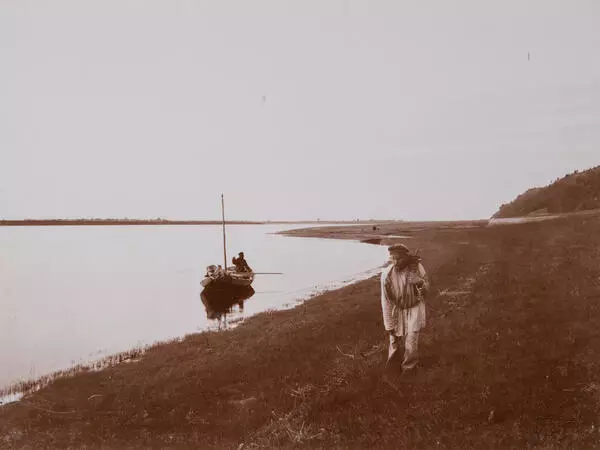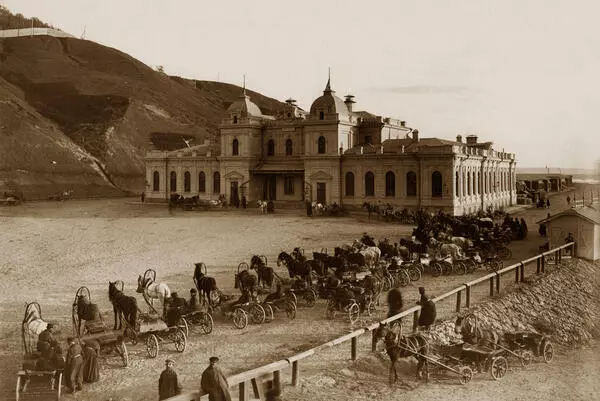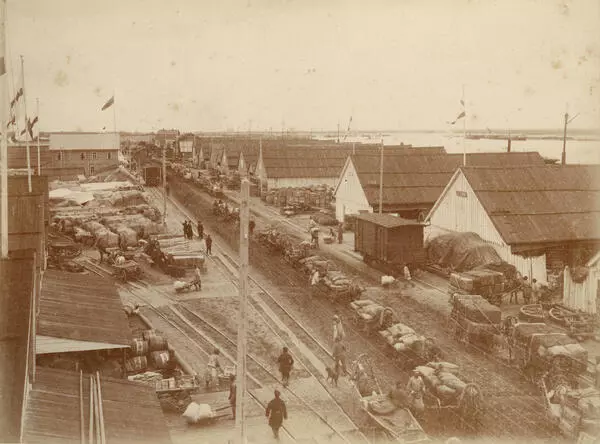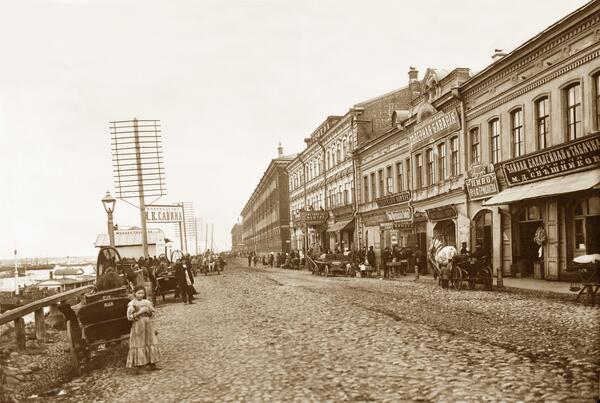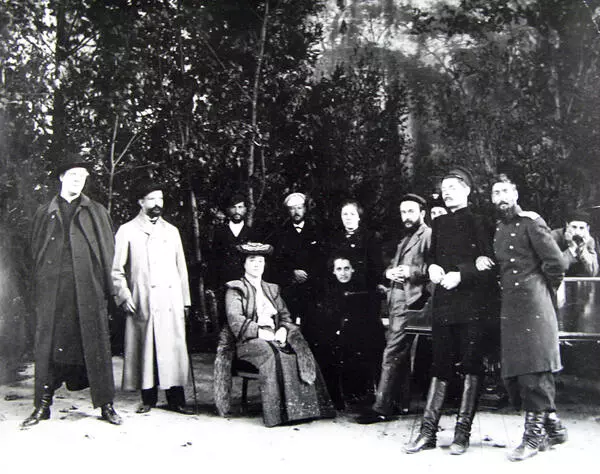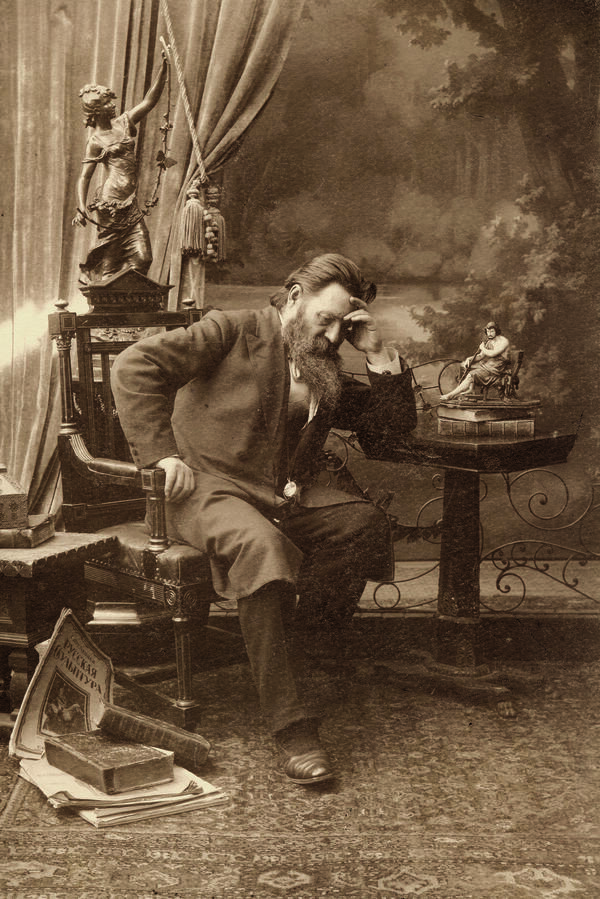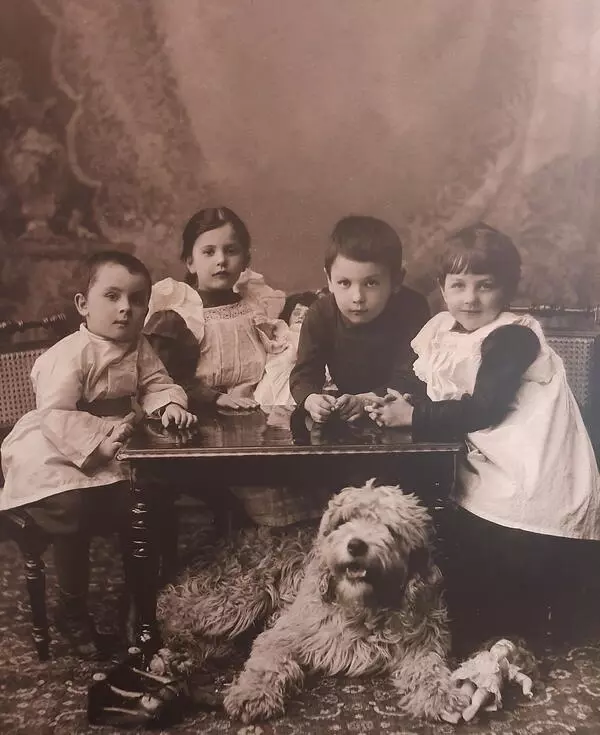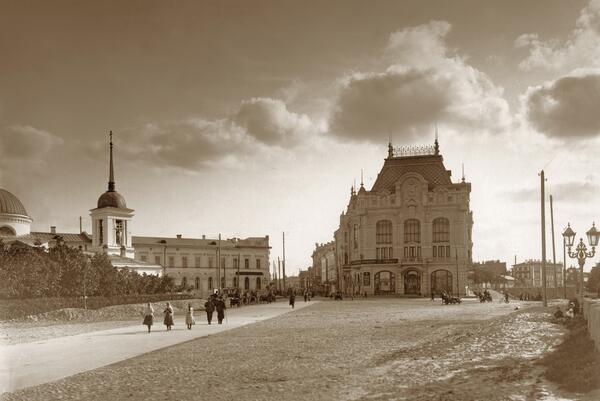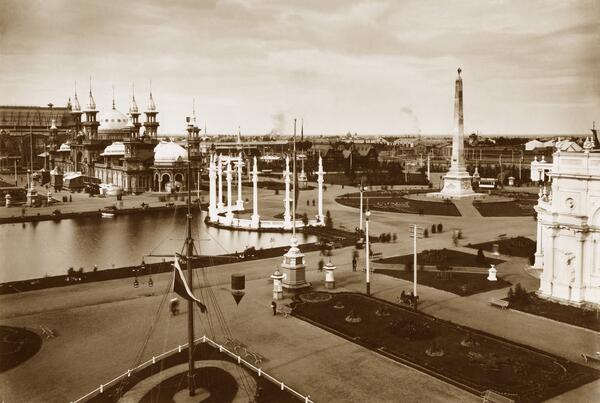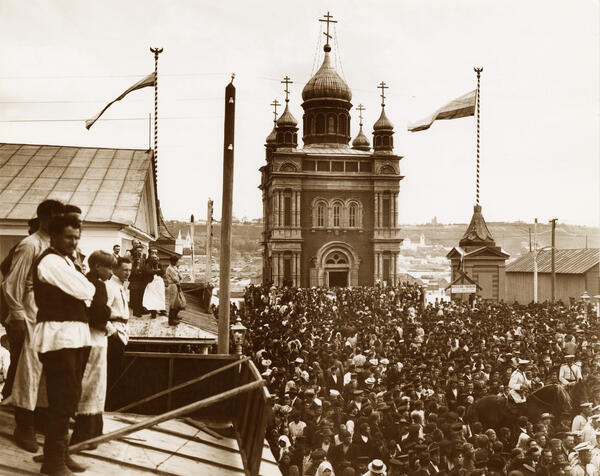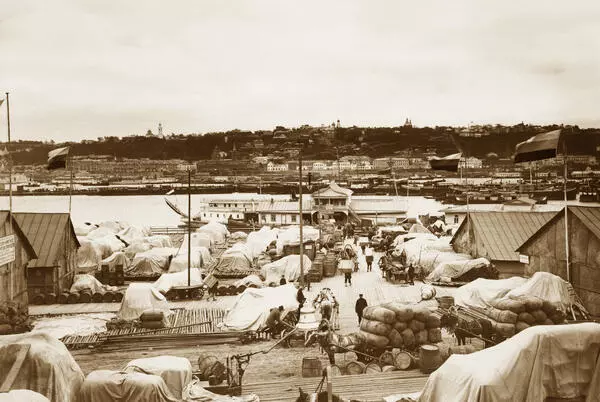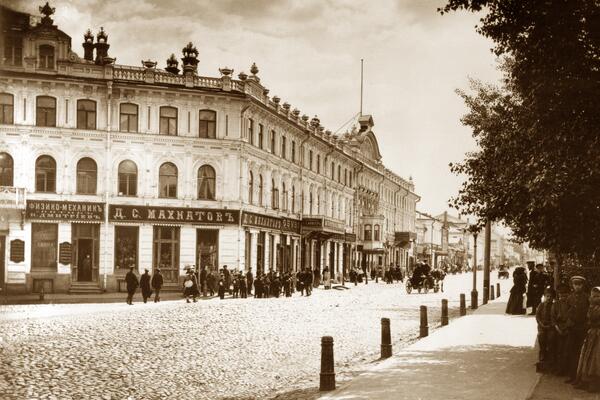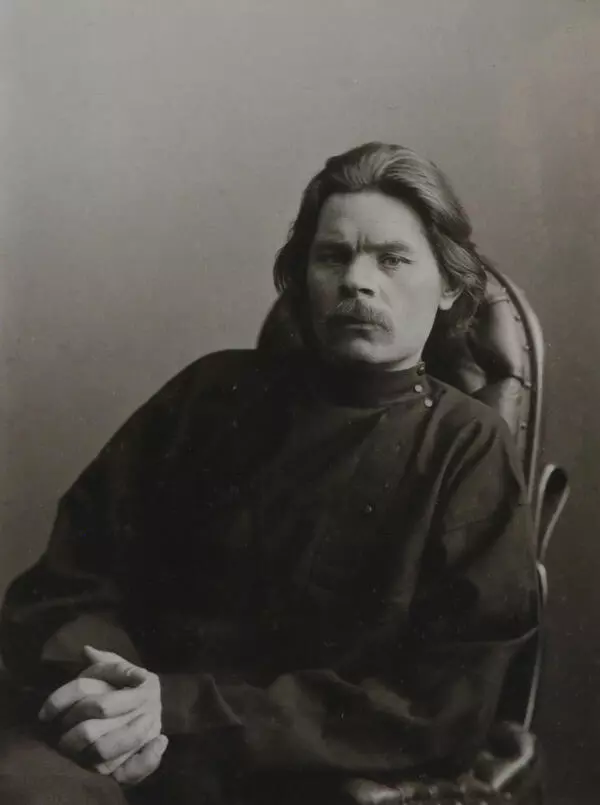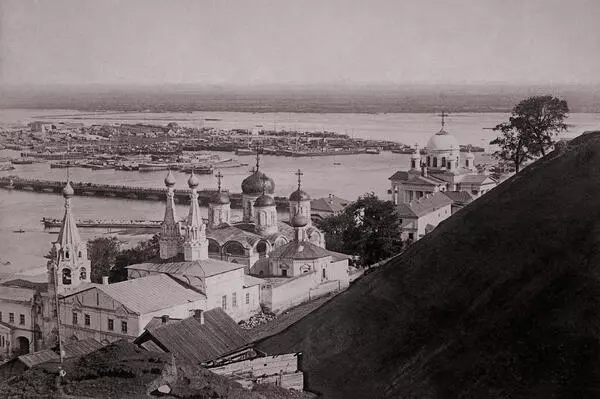Sofronovskaya Square was named after a merchant Sofronov, whose house stood there.
The center of the square was adorned with the Fountain of Benefactors. Its history is connected with the installation of the second water system in the city in 1880. The first system was designed in the middle of the 19th century by the architect Andrey Delvig, but a need for another one arose as the city grew and the population increased. The required amount of 450,000 rubles was too large for the city to allocate.
However, thanks to large donations from Nizhny Novgorod merchants the Blinov brothers and the Bugrovs, as well as Ustin Savvich Kurbatov, who offered money on the condition that the water be provided to the citizens for free, the problem of financing was solved. The length of the water supply line was 42 kilometers.
This contribution was highly appreciated by the City Duma: it was decided to build a cast fountain in honor of the merchants. There was an inscription on its basin that the fountain was built in memory of the honorable citizens of Nizhny Novgorod Blinovs, Bugrovs and Kurbatovs, whose large donations gave the city an opportunity to install plumbing in the 1880s.
The fountain was surrounded by a small but very beautiful public garden with a cast-iron carved fence called Blinovsky Garden, which was organized by one of the merchants — Aristarkh Blinov.
Sofronovskaya Square overlooked the embankment, where carriages were parked. In the fall, apples, watermelons, various fruits and vegetables, which were brought in boats and wagons, were sold on the square. Throughout the year, merchants traded in pots and salt in a specially arranged shop.
There was a horse mill on Sofronovskaya Square where the Nizhny Novgorod merchant Fyodor Blinov ground salt. Blinov, who started off by selling bread and salt, belonged to the Nizhny Novgorod merchant elite. He owned six steamships: “Lion”, “Dove”, “Voivode”, “Blinov”, “Helper”, and “North”. The merchant used them to transport bread along the Volga and deliver salt from Astrakhan and Perm to Rybinsk. Blinov was a generous philanthropist and did a lot for the improvement of the city. In 1861, he paved Sofronovskaya Square and Uspensky Descent to the Oka River at his own expense.
